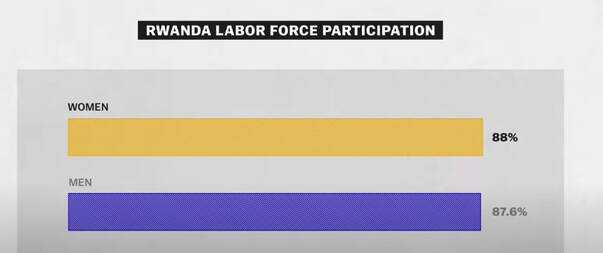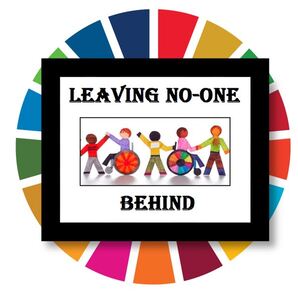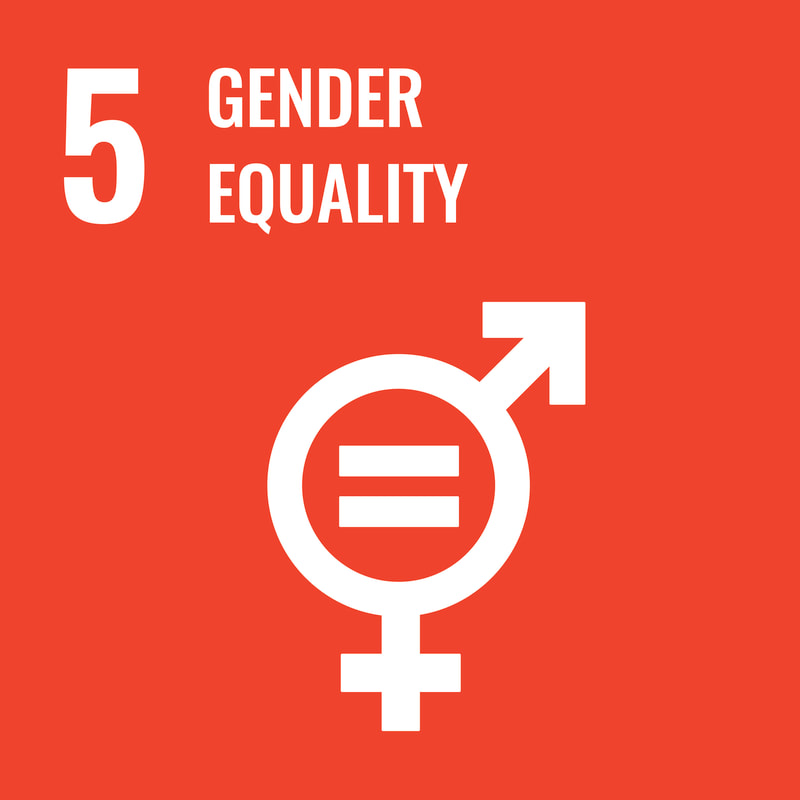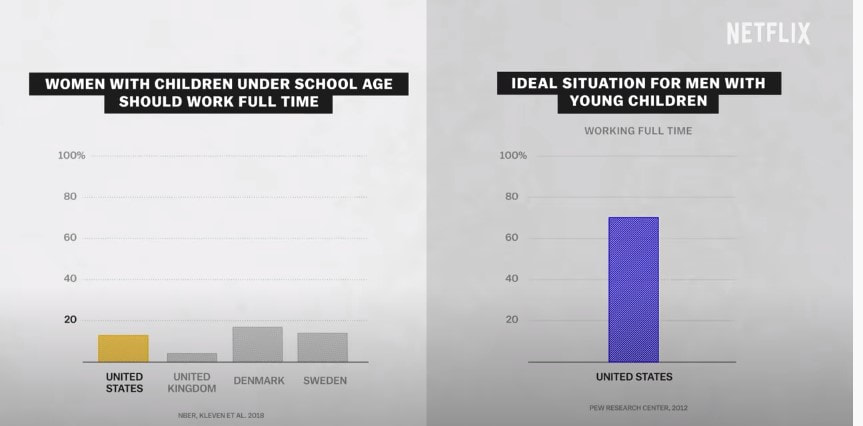Big Idea
To explore what is meant by the gender pay gap and examine what this looks like in different countries across the world through research. Use the data to stimulate discussions on gender roles and expectations - what impacts on your rate of pay? Is it important to reduce the gender pay gap? What are the underlying attitudes that maintain the pay gap? Are there signs of change? What are the results of the gender pay gap? Can we develop a fair policy for all?
Type of Activity:
Research the gender pay gap in countries around the world.
What do you think are the reasons/history behind this?
Do you think it is right to pay a different wage for the same job?
What do you think are the reasons/history behind this?
Do you think it is right to pay a different wage for the same job?
Who is it for?
Ages 16 to 18.
What do I need?
Computer with access to internet, sheets of paper, pencils or markers.
Netflix documentary - Why Women are paid less (2018)
Netflix documentary - Why Women are paid less (2018)
How long does it take?
1 x 45 minutes.
Introduction
Activity: Writing a fair policy for all
Have you heard of the gender pay gap? What does it actually mean for people in employment? There may be confusion between the gender pay gap and equal pay, so provide definitions to ensure shared understanding.
The gender pay gap is the difference in average earnings (median or mean) between women and men in a workforce.
Equal pay means men and women getting paid the same wage and benefits for the same job.
Even when equal pay policies exist the gender pay gap can remain in place, as men hold more of the higher paid jobs than women across the workforce.
Teacher provides the data of the men’s pay and women’s pay in some countries (researched by teachers)
https://gender-pay-gap.service.gov.uk/
Have you heard of the gender pay gap? What does it actually mean for people in employment? There may be confusion between the gender pay gap and equal pay, so provide definitions to ensure shared understanding.
The gender pay gap is the difference in average earnings (median or mean) between women and men in a workforce.
Equal pay means men and women getting paid the same wage and benefits for the same job.
Even when equal pay policies exist the gender pay gap can remain in place, as men hold more of the higher paid jobs than women across the workforce.
Teacher provides the data of the men’s pay and women’s pay in some countries (researched by teachers)
https://gender-pay-gap.service.gov.uk/
The gender pay gap has been declining slowly over time; over the last decade it has fallen by approximately a quarter among both full-time employees and all employees.
In 2021, the gap among full-time employees was 7.9%, up from 7.0% in 2020. This is still below the gap of 9.0% before the coronavirus (COVID-19) pandemic in 2019, and so the downward trend is continuing. We recommend looking at the longer-term trend. Among all employees, the gender pay gap increased to 15.4%, from 14.9% in 2020, but is still down from 17.4% in 2019.
In 2021, the gap among full-time employees was 7.9%, up from 7.0% in 2020. This is still below the gap of 9.0% before the coronavirus (COVID-19) pandemic in 2019, and so the downward trend is continuing. We recommend looking at the longer-term trend. Among all employees, the gender pay gap increased to 15.4%, from 14.9% in 2020, but is still down from 17.4% in 2019.
What next
Students are grouped into 4.
Discuss if the rule or facility is not friendly, in terms of promoting gender equality OR how the difference in pay between men and women can be detrimental to the society.
Watch the Netflix documentary “Why Women are Paid Less” (2018)
Discuss if the rule or facility is not friendly, in terms of promoting gender equality OR how the difference in pay between men and women can be detrimental to the society.
Watch the Netflix documentary “Why Women are Paid Less” (2018)

Discussions in groups:
What are your thoughts on the gender pay gap, equal opportunities, disparity of wages?
Do you think it is right that women can appear to be discriminated against because they are the ones who bear the children and are expected to be the main care-giver?
Were you surprised about the fact that Rwanda and Iceland have almost closed the pay gap? These changes came about following very different events in the two countries.
What do you think to the phrase “Make Women Caregivers and Breadwinners”?
Guide students to use a mindmap to think around 4-5 aspects of being impacted.
What are your thoughts on the gender pay gap, equal opportunities, disparity of wages?
Do you think it is right that women can appear to be discriminated against because they are the ones who bear the children and are expected to be the main care-giver?
Were you surprised about the fact that Rwanda and Iceland have almost closed the pay gap? These changes came about following very different events in the two countries.
What do you think to the phrase “Make Women Caregivers and Breadwinners”?
Guide students to use a mindmap to think around 4-5 aspects of being impacted.
Finally
Allow students to discuss in 15-20 minutes.
Prepare big paper for groups and markers, ask students to jot down key ideas to be shared, upon the completion of discussion.
Students present their ideas: rule or facility improvement for catering for both gender; OR how the difference in pay between men and women can be detrimental to the society.
Prepare big paper for groups and markers, ask students to jot down key ideas to be shared, upon the completion of discussion.
Students present their ideas: rule or facility improvement for catering for both gender; OR how the difference in pay between men and women can be detrimental to the society.
List a number of jobs that might allow discrimination on pay easily?
Teacher to provide suggestions.
Teacher to provide suggestions.
Find out more
... And finally, a fantastic TED talk (but not one to share with your students!!!): Why Gender Equality Is Good for Everyone — Men Included | Michael Kimmel | TED Talks - YouTube





